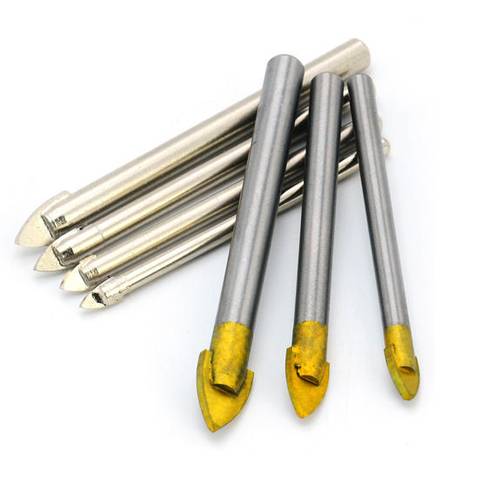- Industrial zone, South of Anping Town, Hengshui, Hebei, China.
- sales@hfpetromesh.com
- +86-18931809706
Durable Stainless Steel Floor Grating Solutions for Industrial and Commercial Applications
The Versatility and Benefits of Stainless Steel Floor Grating
Stainless steel floor grating has emerged as a popular choice for various industries and applications due to its unique combination of strength, durability, and aesthetic appeal. This type of flooring is widely used in environments that require high hygiene standards, heavy load-bearing capabilities, or where slip resistance is essential. In this article, we will explore the features, benefits, and various applications of stainless steel floor grating.
Understanding Stainless Steel Grating
Stainless steel grating is a construction element made up of stainless steel bars, welded together to form a grid-like structure. The primary benefit of using stainless steel is its corrosion resistance, which makes it an ideal choice for environments exposed to moisture, chemicals, or other corrosive substances. Unlike other materials, such as carbon steel, stainless steel does not rust, ensuring a longer life span and lower maintenance costs.
Key Benefits
1. Durability and Strength Stainless steel is known for its high tensile strength and durability, making grating capable of withstanding heavy loads and foot traffic. This makes it particularly suitable for industrial settings such as factories, warehouses, and commercial kitchens where heavy equipment is frequently moved.
2. Corrosion Resistance The alloying elements in stainless steel, particularly chromium, create a protective layer that prevents corrosion. This quality is crucial in environments such as food processing plants, chemical processing facilities, and wastewater treatment plants, where exposure to moisture and corrosive substances is common.
3. Safety Features Stainless steel floor grating is often designed with slip-resistant surfaces, ensuring safe footing even in wet or oily conditions. This is an essential feature in settings like kitchens, restrooms, and outdoor areas that experience wet weather.
4. Easy Maintenance The smooth surface of stainless steel makes it easy to clean. It can be washed down with water and detergent, which is a significant benefit in maintaining hygiene in restaurants and food processing environments where sanitation is critical.
5. Aesthetic Appeal Beyond functionality, stainless steel grating can enhance the aesthetic appeal of a space. Its sleek and shiny finish adds a modern, industrial look that can be visually appealing in both commercial and residential applications.
stainless steel floor grating

Applications of Stainless Steel Floor Grating
Stainless steel floor grating is suitable for a wide range of applications, including
- Industrial Facilities Many factories and manufacturing plants use stainless steel grating to create walkways, platforms, and stair treads due to its strength and resistance to industrial chemicals.
- Food and Beverage Industry In processing plants and kitchens, stainless steel grating is often used for floors and drainage to ensure cleanliness and minimize contamination risks.
- Marine Applications In shipbuilding and offshore structures, stainless steel grating is used for walkways and platforms that must endure harsh marine environments.
- Wastewater Treatment Its corrosion resistance makes stainless steel grating ideal for use in wastewater treatment facilities, where exposure to harsh chemicals is frequent.
- Commercial Buildings Architects and designers often incorporate stainless steel grating into flooring solutions, stairways, and outdoor walkways to combine safety with aesthetic value.
Conclusion
Stainless steel floor grating is an excellent choice for a variety of industrial, commercial, and residential applications. Its unique combination of durability, corrosion resistance, safety features, ease of maintenance, and aesthetic appeal makes it an indispensable element in many settings. As industries continue to prioritize hygiene and sustainability, the demand for stainless steel grating is likely to grow, solidifying its position as a reliable flooring option for the future.
-
The Power of Pyramid Shaker Screen - A 3-Dimensional SolutionNewsOct.24,2024
-
Exploring the Versatility and Durability of Steel GratingNewsOct.24,2024
-
Revolutionizing Drilling Efficiency with Steel Frame Shaker Screens for Mud Shale ShakersNewsOct.24,2024
-
Potential of Shale Shaker ScreensNewsOct.24,2024
-
Offshore Pipeline Counterweight Welded Mesh - Reinforced Mesh in Marine EngineeringNewsOct.24,2024
-
Revolutionizing Offshore Pipeline Stability with Concrete Weight Coating MeshNewsOct.24,2024
